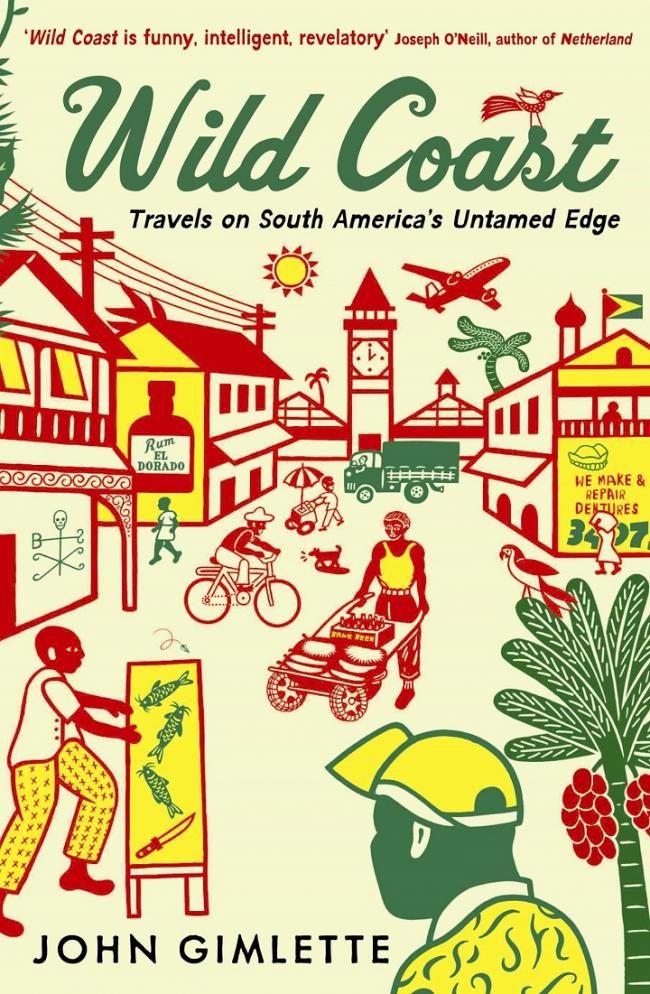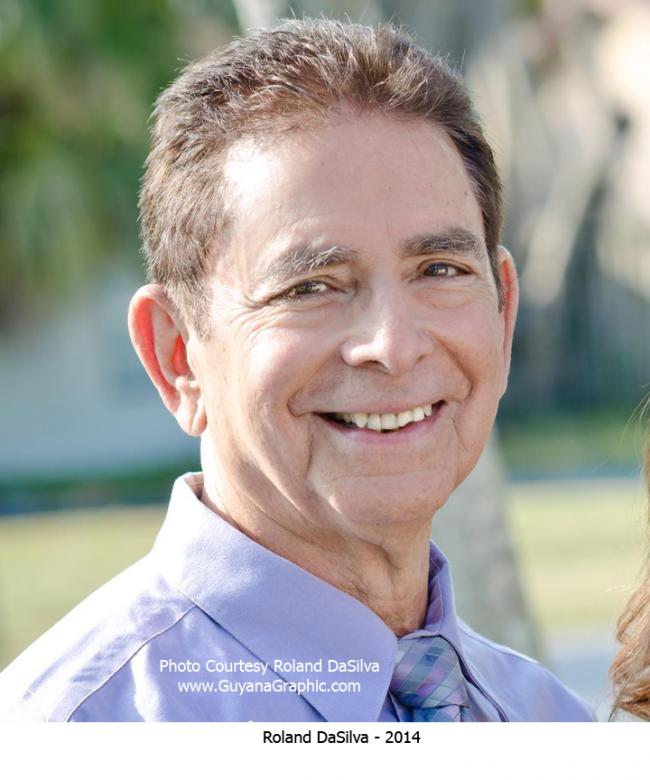Negotiations are on foot for the translation of my book, ‘Wild Coast’, into German. As it happens, two of the country’s greatest explorers happen to have been German.
The first was a Prussian, Robert Schomburgk, who had somehow ended up in the wrong empire, and then made it all his own. No-one would get to know British Guiana better. Over a period of eight years, from 1838, he’d hack his way into almost every corner of the colony; he’d conduct at least six astonishing surveys, all in the name of the Crown; he’d discover dozens of new creatures, the source of the Essequibo, the highest mountain in north-east Latin America – called Roraima – and the world’s largest lily, (which, naturally, he named Victoria Regis); best of all, he’d delineate the boundaries with both Suriname and Venezuela, much to the colony’s advantage.
The other was a less fortunate man, Carl Appun. He’d been an illustrious chronicler of the Guianas (‘Unter den Tropen; Wanderungen durch Venezuela, am Orinoco, durch Britisch Guyana und am Amazonenstrom’) but it had also driven him mad. In 1872, he found himself in the upper reaches of the Mazaruni river. Believing that he was about to be eaten by his Amerindian guides, he’d swallowed a draught of carbolic acid. Puzzled by this gesture, his guides had brought him to the Mazaruni Penal Settlement (now the prison), where he’d died in agony two days later.
More about John Gimlette







